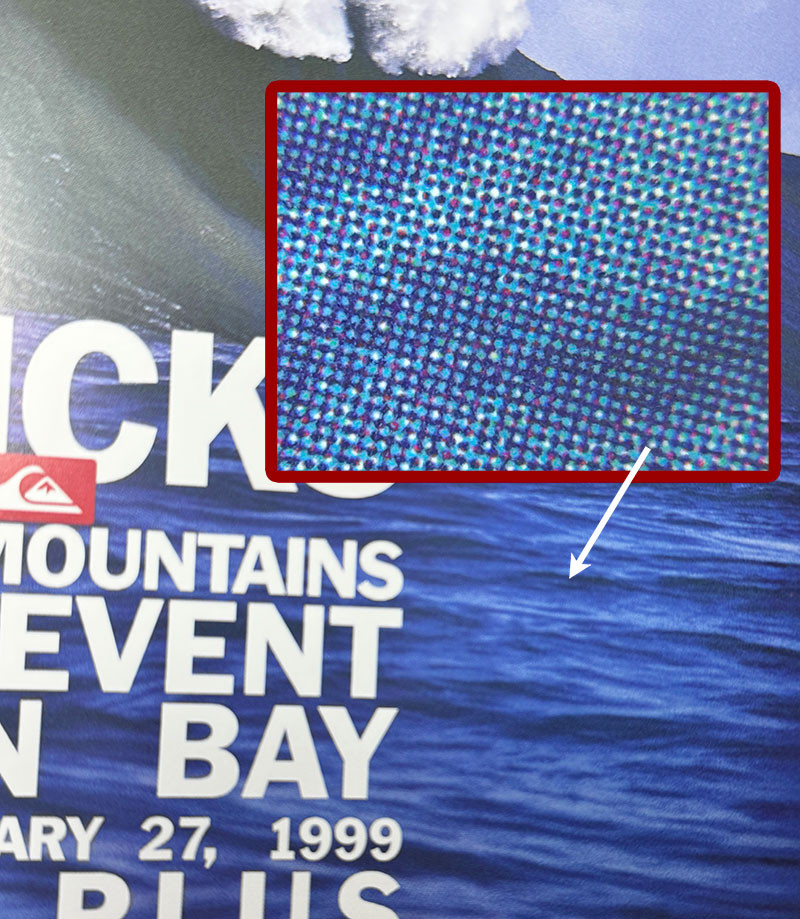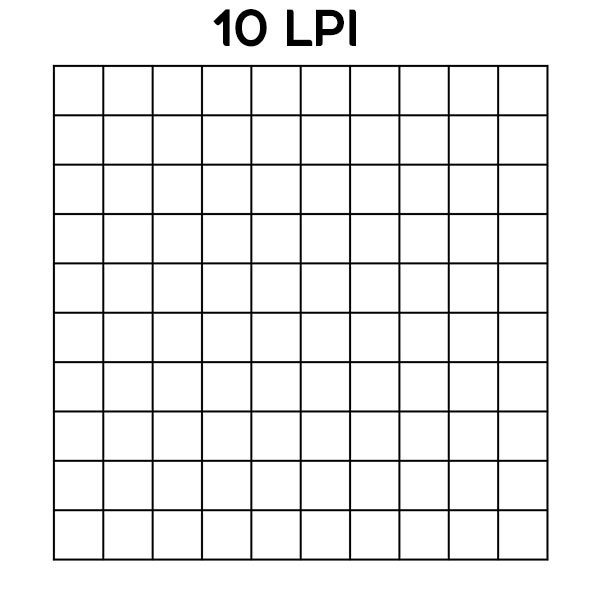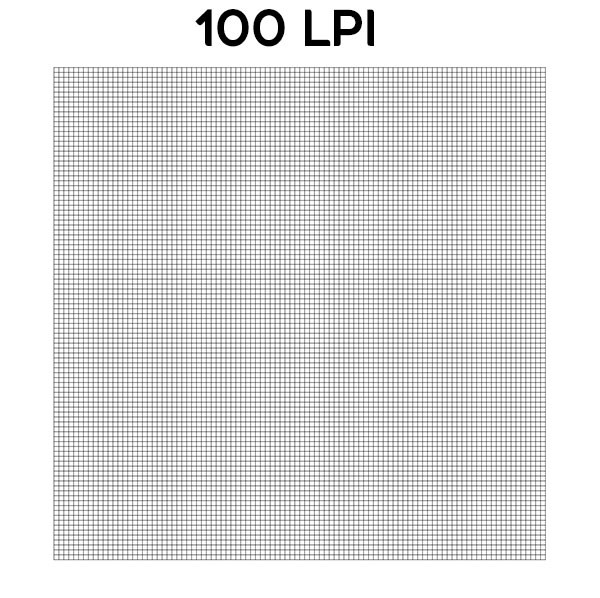What is LPI (Lines Per Inch)
What does 100 LPI mean?
If an image is screened at 100 LPI, it means there is a fixed grid of 100 × 100 halftone cells per square inch, giving 10,000 possible positions for dots. Each cell holds one dot, but the size of the dot changes depending on the tone of the image. In lighter areas, the dot is very small inside its cell, while in darker areas the dot grows larger and can nearly fill the whole cell. This way, the grid is constant, but the dots vary in size, creating the illusion of continuous shades.What’s the difference between LPI and DPI?
LPI is like the grid of tiles that make up an image, it measures how many halftone “tiles” fit into one inch. The more tiles, the finer and more detailed the printed image looks. DPI (Dots Per Inch) is like the tiny paint dots the printer can spray inside each tile. It describes the resolution of the output device, such as a platesetter or inkjet.
Can I choose the LPI?
In most cases, the LPI is determined by the printing press, the paper type, and the quality requirements of the job. Coated paper can handle a higher LPI (150–300) for fine detail, while uncoated paper usually works better with a lower LPI (85–133). When searching for a printer, especially for high-end books, it’s a good idea to consult with them and confirm what LPI setting they use.
What LPI does Ken the Book Printer use?
We use 200 LPI on our most advanced Heidelberg press for vibrant, detailed graphic images. We have multiple presses for different jobs. For black-and-white pages, we use presses with a lower LPI setting to keep images clear and costs down.

Magnified view of a printed image showing halftone dots, illustrating Lines Per Inch (LPI).

10LPI Grid, with 10 Horizontal and 10 Vertical Divisions in 1 Inch

100 LPI Grid. The higher the LPI, the greater the detail it can contain.
